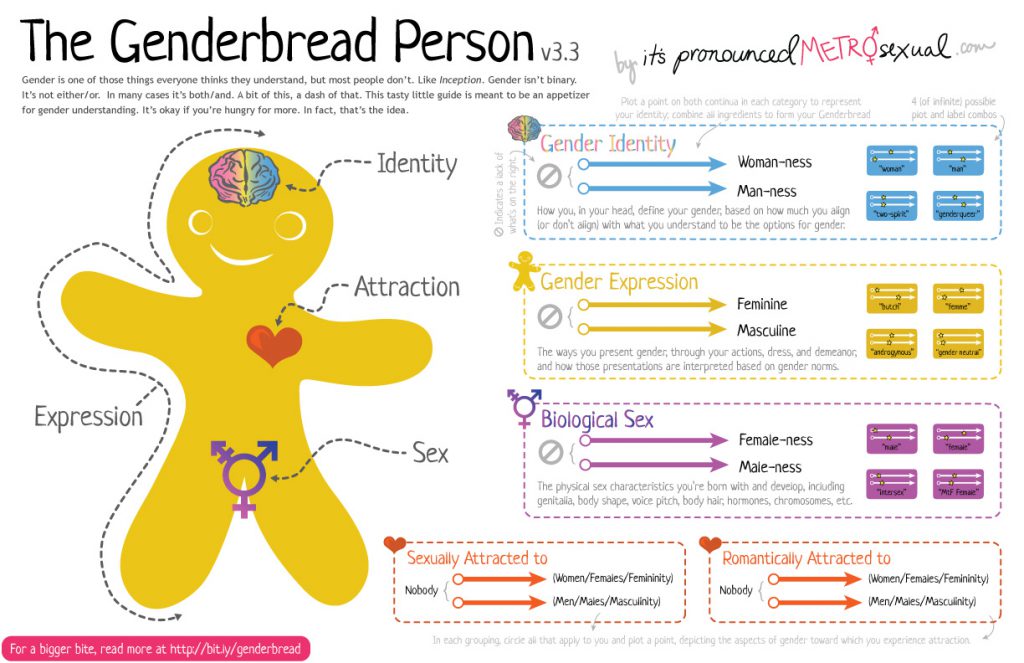As I hoped, Marcus Ranum responded to my prior blog post. Most of it is specific to the DNC hack, but there are a few general arguments against Bayesian statistics. If those carry any weight, they collapse my two blog posts by knocking out a core premise. I should deal with the generalities first before more specific critiques. [Read more…]

